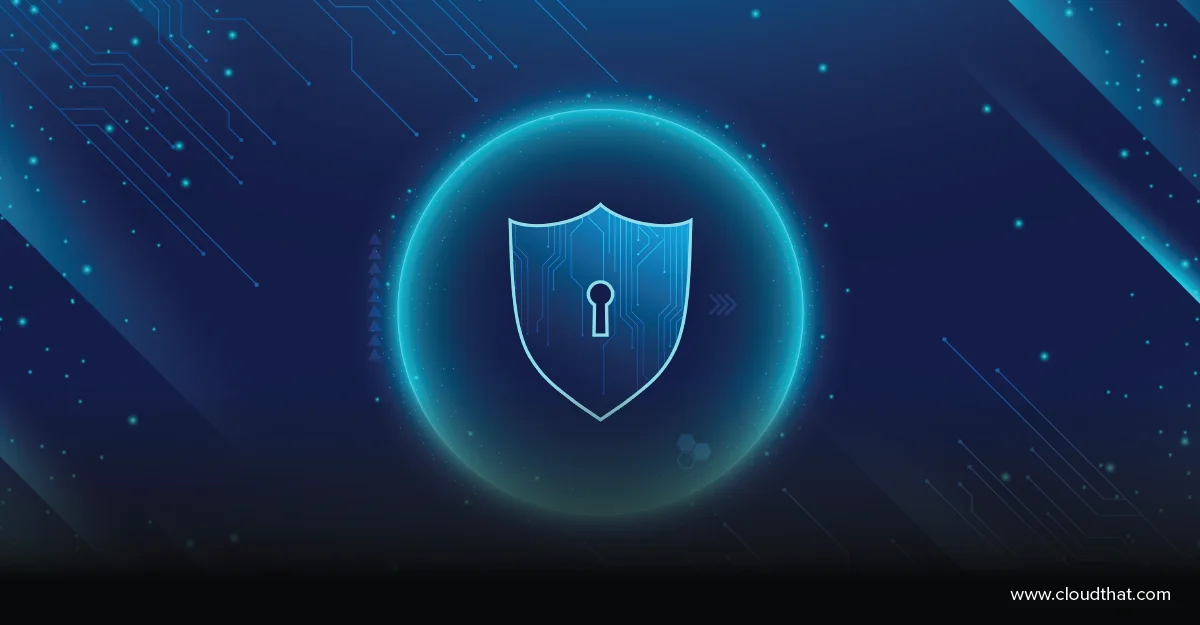|
Voiced by Amazon Polly |
Overview
In the dynamic realm of cloud computing, security emerges as a top priority. Amazon Web Services (AWS) offers powerful tools to protect your virtual network infrastructure, with Virtual Private Cloud (VPC) Security Groups and Network Access Control Lists (NACLs) serving as fundamental components for network security. This blog delves into these two entities, highlighting their distinctions and demonstrating how they collaborate to enhance the security of your AWS environment.
Pioneers in Cloud Consulting & Migration Services
- Reduced infrastructural costs
- Accelerated application deployment
Introduction
Amazon VPC Security Groups and NACLs are integral to this shared responsibility model, empowering users to establish and uphold security protocols at the network level.
Amazon VPC Security Groups
Amazon VPC Security Groups serve as virtual firewalls for your instances, enabling control over both incoming and outgoing traffic. They operate at the instance level, meaning you associate a security group with one or more instances, and each group works independently.
Characteristics of Amazon VPC Security Groups
- Stateful Filtering: Amazon VPC Security Groups are stateful, which means if you allow inbound traffic from a specific IP address, the corresponding outbound traffic is automatically allowed. This simplifies rule configuration and reduces the risk of misconfigurations.
- Allow Rules Only: By default, all inbound traffic is denied, and you must explicitly define inbound rules to allow traffic. Outbound traffic is allowed by default, and you can define outbound rules to restrict it if necessary.
- Instance-based: Security Groups are associated with instances rather than subnets. This flexibility allows for fine-grained control over traffic flows, as different instances within the same subnet can have different security group configurations.
Network ACLs
Network Access Control Lists (NACLs) operate at the subnet level, providing an additional security layer. Unlike Security Groups, NACLs are stateless and require separate rules for inbound and outbound traffic.
Characteristics of NACLs
- Stateless Filtering: NACLs do not automatically allow the return traffic associated with allowed inbound traffic. This statelessness requires explicit rules for both inbound and outbound traffic.
- Subnet-based: NACLs are associated with subnets, affecting all instances in the subnet. This can be advantageous for enforcing network-wide policies but may lack the granularity of Security Groups.
- Rule Order Matters: Rules in NACLs are evaluated based on rule number, with lower numbers taking precedence. Understanding and carefully ordering rules are crucial to avoid unintended consequences.
Difference between Amazon VPC Security Groups and Network ACLs

Comprehensive Defense Strategy
Combining VPC Security Groups for instance-level security and NACLs for subnet-level security results in a comprehensive defense strategy. This approach allows organizations to address specific security needs at the individual instance level while simultaneously enforcing broader network-wide policies.
Conclusion
In the world of AWS network security, it’s vital to grasp the differences between VPC Security Groups and NACLs. Think of security groups as bodyguards for individual computers, keeping a close eye and allowing only authorized actions. NACLs, on the other hand, act more like overall security supervisors for groups of computers, making sure the entire neighborhood is safe. By using both together, you create a strong and flexible security plan, covering both specific and broader security needs.
Drop a query if you have any questions regarding AWS network security and we will get back to you quickly.
Making IT Networks Enterprise-ready – Cloud Management Services
- Accelerated cloud migration
- End-to-end view of the cloud environment
About CloudThat
CloudThat is an award-winning company and the first in India to offer cloud training and consulting services worldwide. As a Microsoft Solutions Partner, AWS Advanced Tier Training Partner, and Google Cloud Platform Partner, CloudThat has empowered over 850,000 professionals through 600+ cloud certifications winning global recognition for its training excellence including 20 MCT Trainers in Microsoft’s Global Top 100 and an impressive 12 awards in the last 8 years. CloudThat specializes in Cloud Migration, Data Platforms, DevOps, IoT, and cutting-edge technologies like Gen AI & AI/ML. It has delivered over 500 consulting projects for 250+ organizations in 30+ countries as it continues to empower professionals and enterprises to thrive in the digital-first world.
FAQs
1. Can I use Security Groups and NACLs together?
ANS: – Combining VPC Security Groups for instance-level security and NACLs for subnet-level security is a recommended practice, forming a comprehensive defense strategy in AWS network security.
2. Is it possible to modify Security Group rules dynamically in AWS?
ANS: – Yes, AWS allows dynamic modification of Security Group rules, enabling real-time adjustments to instance-level security policies as needed.
3. Can I change the order of rules in a Network ACL?
ANS: – Yes, the order of rules in a Network ACL matters, with lower numbers taking precedence; careful organization is crucial for enforcing desired security policies.

WRITTEN BY Anusha
Anusha works as a Subject Matter Expert at CloudThat. She handles AWS-based data engineering tasks such as building data pipelines, automating workflows, and creating dashboards. She focuses on developing efficient and reliable cloud solutions.


 Login
Login


 February 14, 2024
February 14, 2024 PREV
PREV










Comments